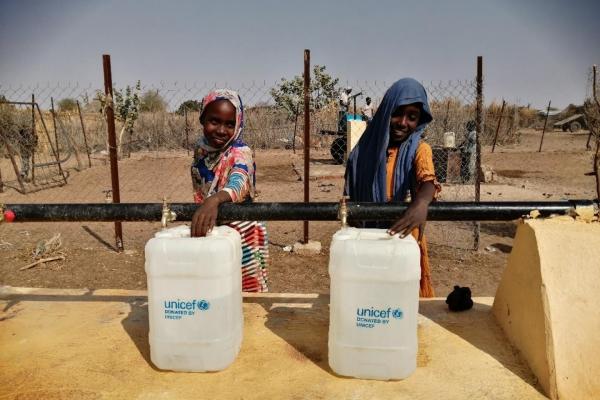WHO & UN Water’s 2022 GLAAS Report: accelerated action needed on water, sanitation and hygiene
11 Jan 2023 by The Water Diplomat

The 2022 UN Water Global Analysis and Assessment of Sanitation and Drinking Water (GLAAS) report released on the 14th of December highlights the need for accelerated action to achieve the 2030 targets on water, sanitation and hygiene. The global overview, compiled from reports received from 121 countries, underlines the negative effects of the COVID-19 pandemic on health systems, but has also highlighted the critical importance of water, sanitation and hygiene (WASH) facilities in maintaining public health. During the pandemic, two major areas for government interventions were WASH in health facilities and hand hygiene for all.
In addition, the report notes that increasing frequency and intensity of extreme weather events obstruct the sustainable delivery of WASH services. All climate hazards affect the use of WASH facilities such as by forcing people to use unsafe water resources or to use unsafe sanitation facilities. resorting to open defecation 71% of countries report using climate change preparedness approaches in national planning, and yet only 20% report implementing climate change preparedness approaches at sufficient scale for local risk assessment and appropriate WASH management.
In the realm of resources for WASH, 75% of countries reported having insufficient funds to cover the implementation of WASH strategies. Only 3% of countries reported having sufficient human and financial resources to support a formally approved policy and costed plan for WASH in health care facilities.
Overall, 45% of countries report being on track to meet their drinking water coverage targets, but only 25% of countries are on track to achieve their sanitation targets. The report notes that better performing countries are likely to have effective financial strategies such as high levels of utilisation of domestic capital commitments towards WASH infrastructure and the recovery of operations and maintenance costs from tariffs. In addition, high performing countries have effective regulatory authorities as well as financial and human resources in place to implement national strategies.
